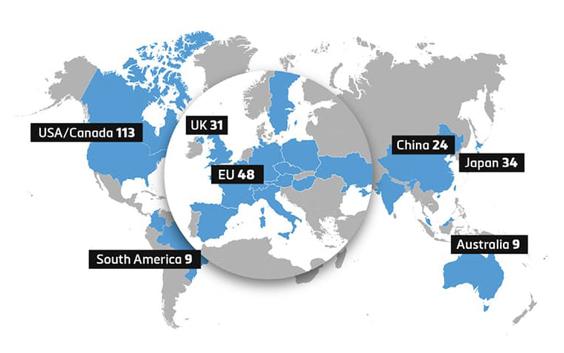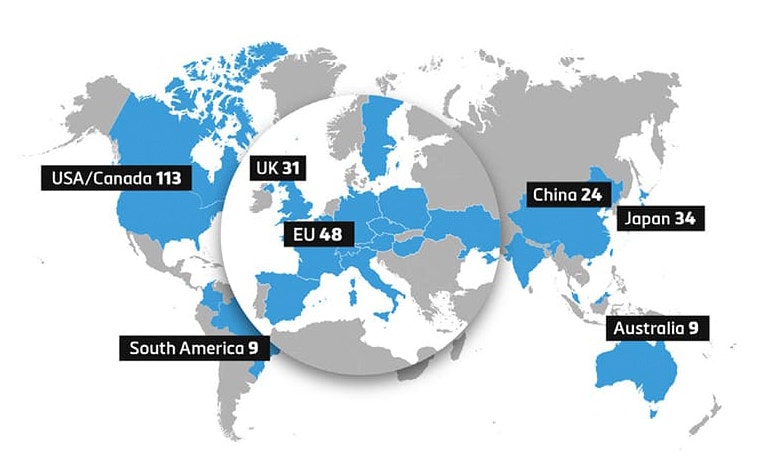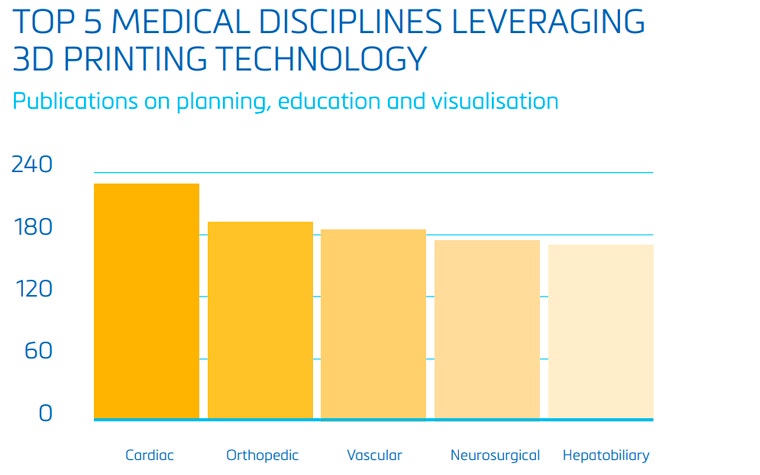TENDENZE
How Medical 3D Printing is Gaining Ground in Top Hospitals

Recently, many hospitals have started making a shift, from using medical images primarily for diagnostic purposes, to integrating them in customized surgical planning. This has created enormous advantages for hospitals and their patients, and is largely supported by the expanding role of the radiologist as imaging expert.
As part of this, an increasing number of hospitals across the world have integrated the practice of 3D printing in their medical care. Hospitals are recognizing the added value it brings to personalized patient care, and the countless possibilities that are becoming a reality, in creating better treatment options. Read our infographic flyer and get all the facts about hospitals using medical 3D printing.


Medical 3D printing is happening now
Implementing 3D printing centrally has become the trend worldwide in top hospitals. Typically heavily supported by the radiology department, an interdisciplinary 3D printing facility has frequent interactions with most departments in the hospital. Numbers show that today, cardiac, orthopaedic, vascular, neurosurgical and hepatobiliary physicians are currently the ones who take advantage of 3D printing the most, by using it for surgical planning, education and visualization.


“By 2021, 25% of surgeons will practice on 3D-printed models of the patient prior to surgery.”
— Pete Basiliere, Research Vice President, Gartner.Interested
L-102768–01
Condividi su:
Ti potrebbe piacere anche
Non lasciarti mai sfuggire una storia come questa. Ricevile una volta al mese nella tua posta in arrivo.
